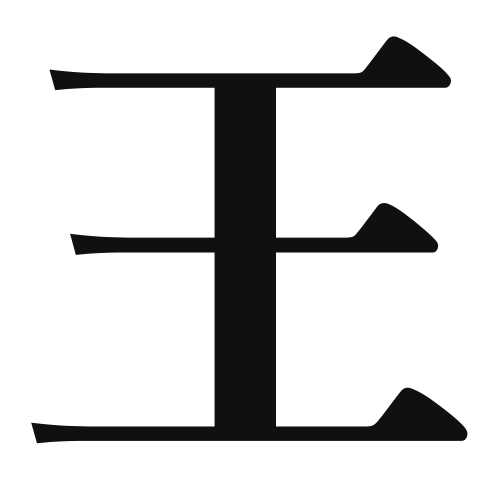1. Overview of Meaning
The kanji “王” (pronounced “ou” in Japanese) means “king” or “ruler.” It represents authority, leadership, and sovereignty.
2. Formation and Radical
Formation of the Kanji: The kanji “王” is a pictogram that originally depicted a crown or a symbol of authority. It belongs to the category of ideograms, which convey meaning through visual representation.
Radical: The radical for “王” is also “王,” which is often associated with concepts of power and nobility.
3. Examples of Usage
Common Words and Phrases: Some frequently used words that include “王” are:
- 王国 (おうこく, “oukoku”) – kingdom
- 王子 (おうじ, “ouji”) – prince
- 女王 (じょおう, “joou”) – queen
Example Sentences in Daily Conversation:
- 彼は王国の王です。 (かれはおうこのおうです。) – He is the king of the kingdom.
- 女王は美しいです。 (じょおうはうつくしいです。) – The queen is beautiful.
4. Synonyms and Antonyms
Similar Kanji: A similar kanji is “君” (きみ, “kimi”), which means “lord” or “you” in a respectful sense, but it conveys a more personal or informal tone compared to “王.”
Antonyms: An antonym for “王” could be “奴隷” (どれい, “dorei”), which means “slave,” representing a lack of power or authority.
5. Cultural and Historical Background
Relation to Japanese Culture: The concept of “王” is deeply rooted in Japanese history, where emperors and shoguns held significant power. The kanji is often associated with traditional stories and legends.
Proverbs and Idioms: One common idiom is “王道” (おうどう, “oudou”), which means “the way of the king,” referring to a noble or righteous path in leadership.
